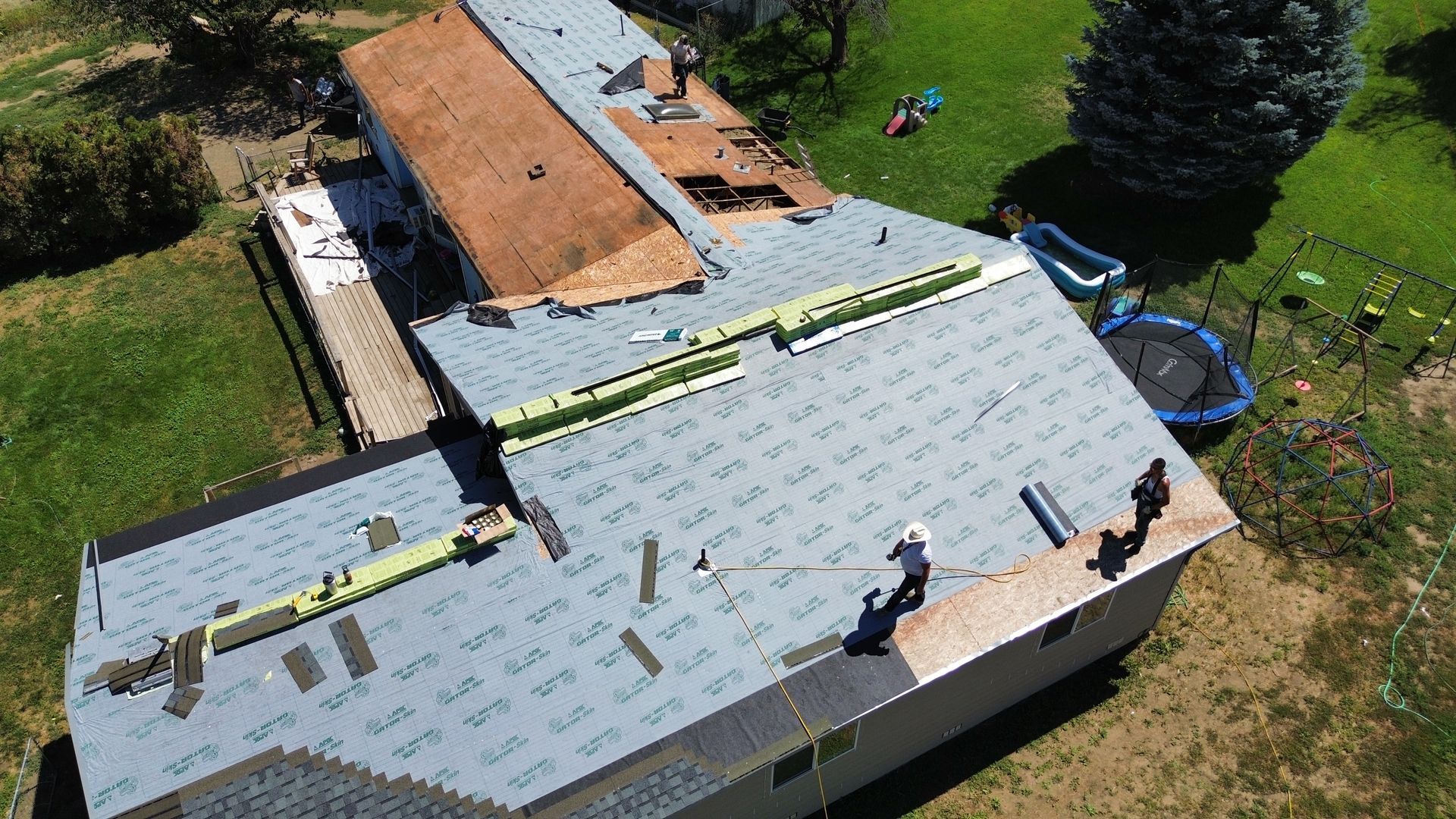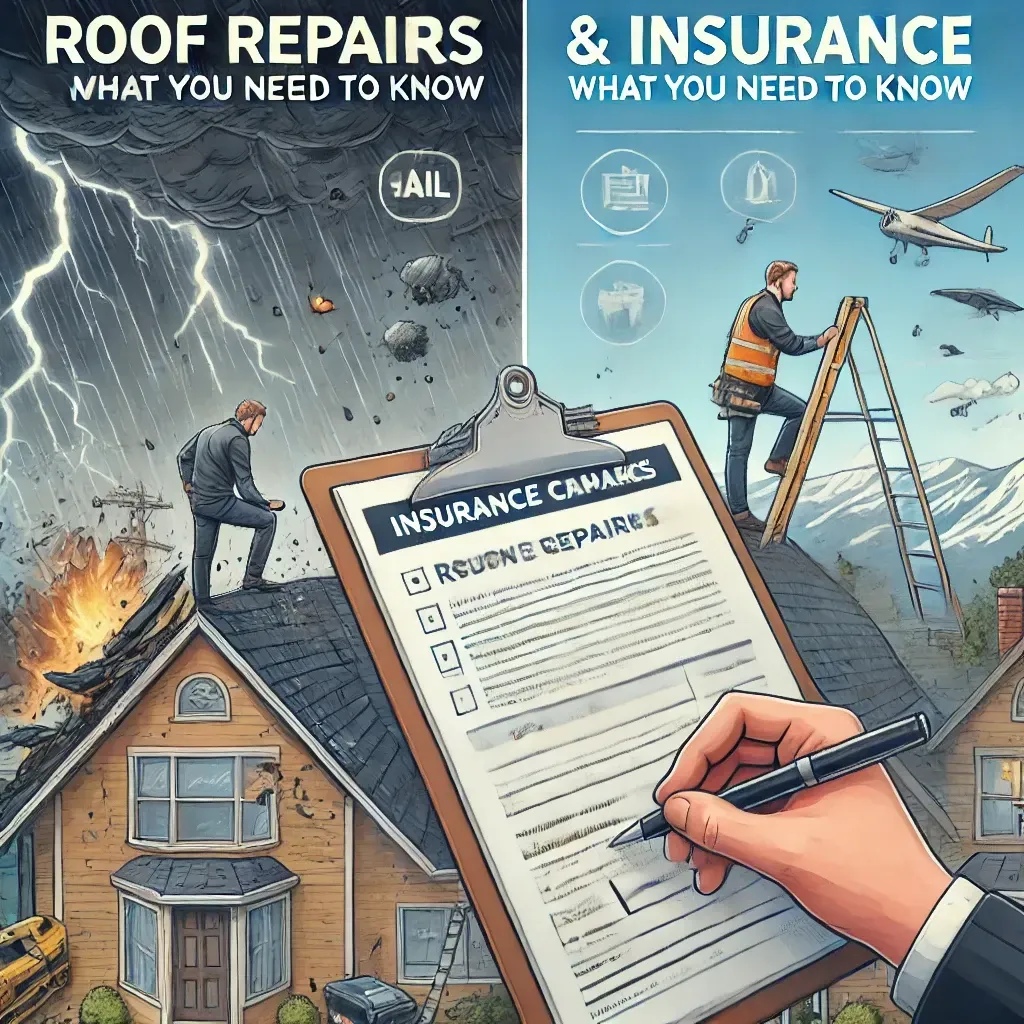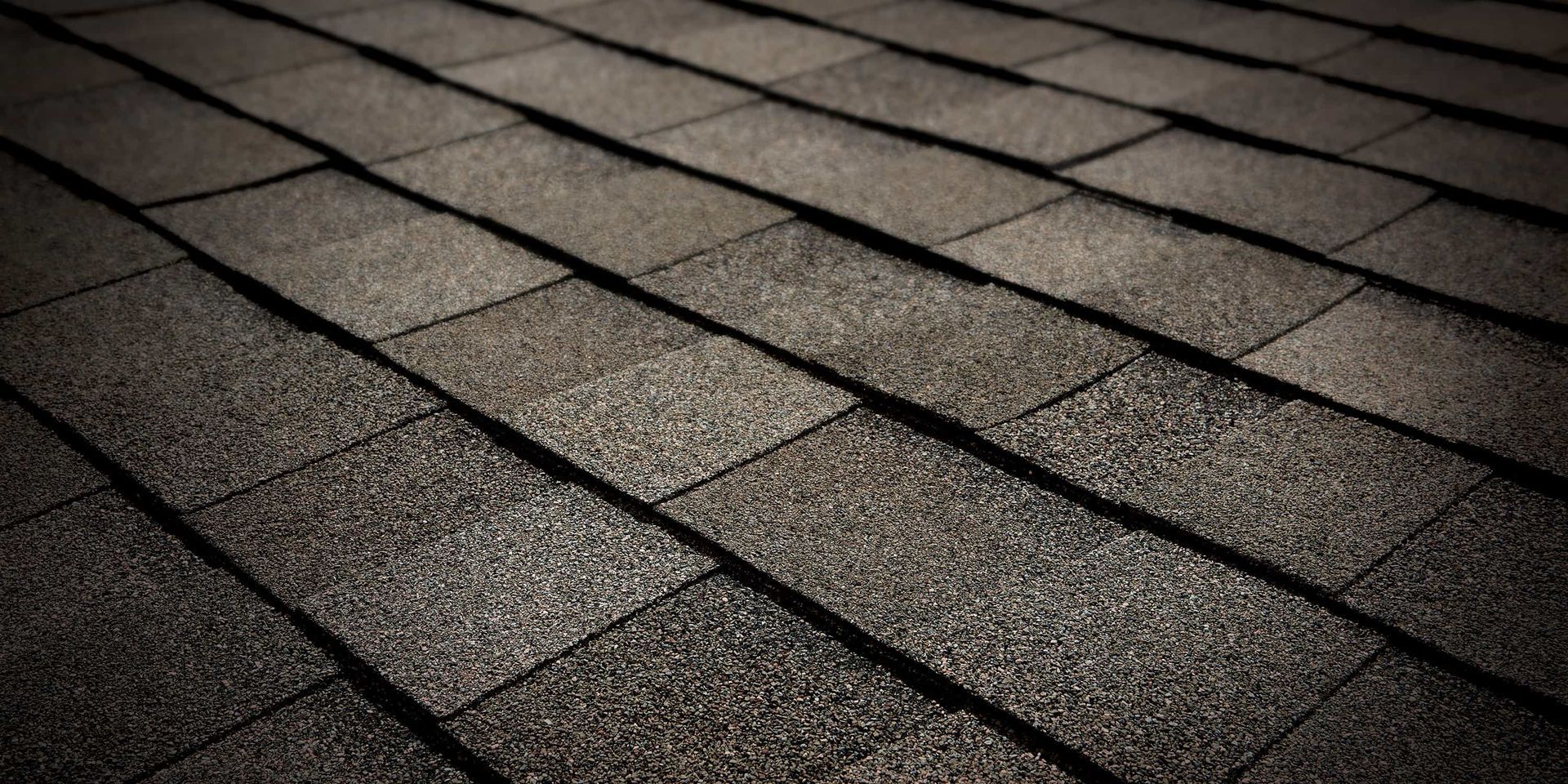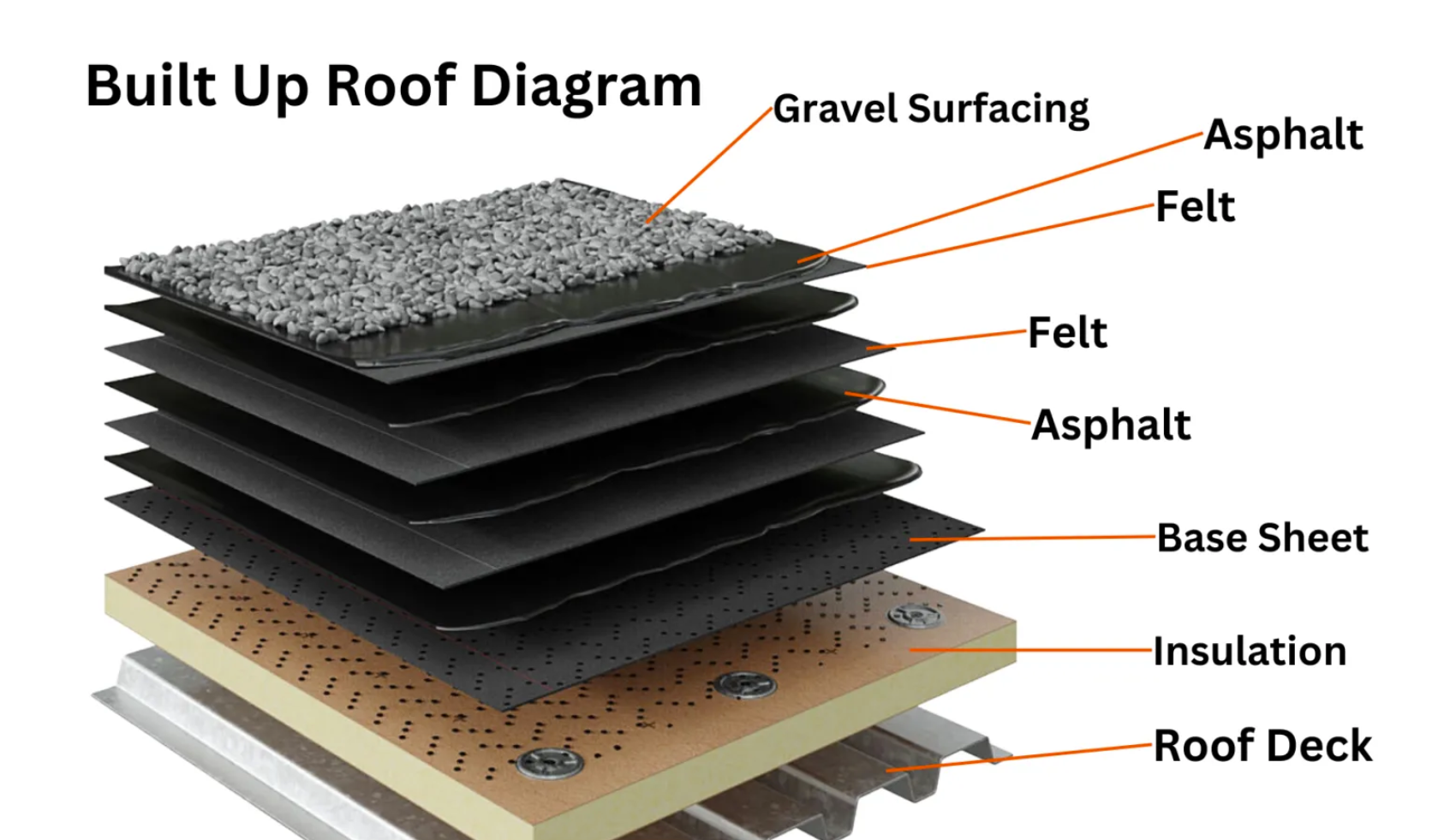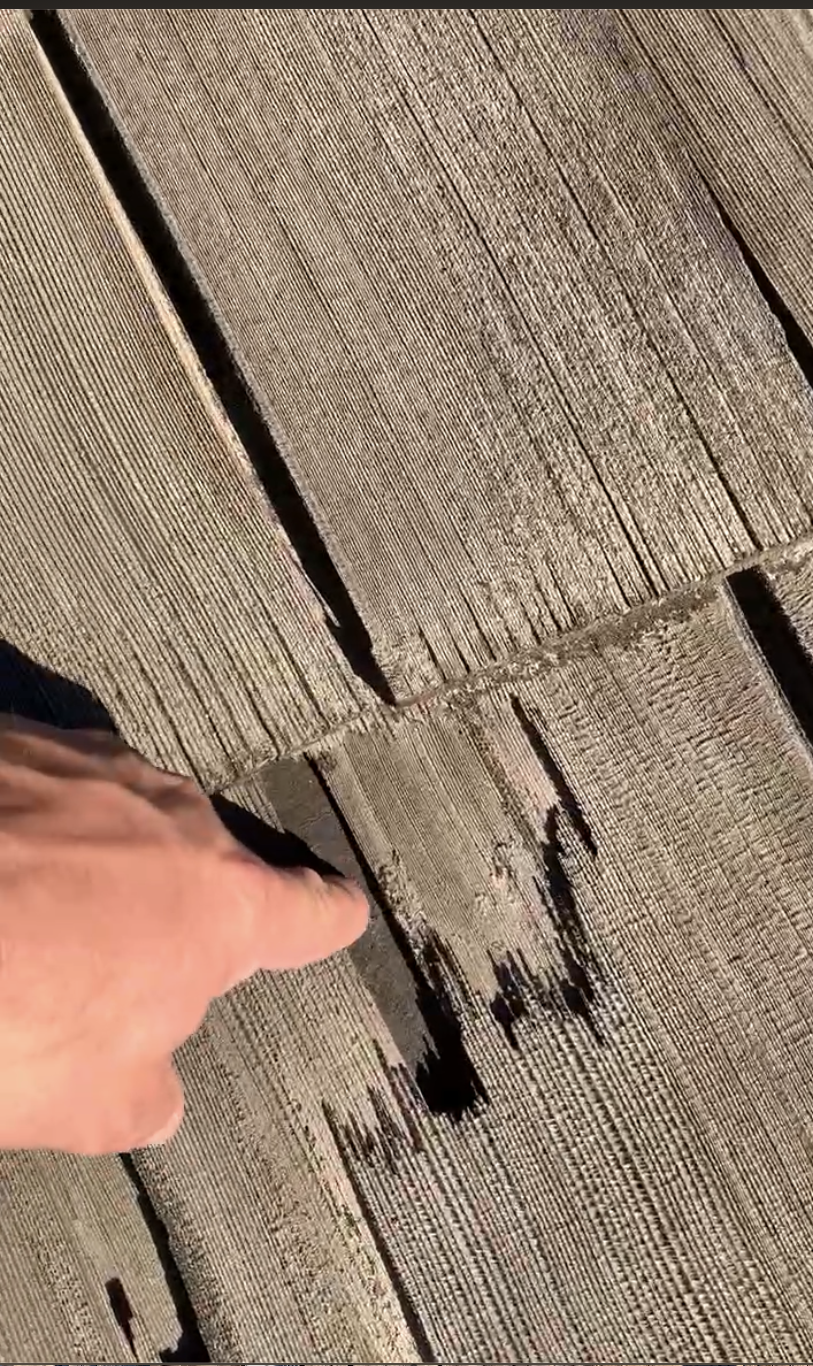DIY Shake Roof Inspection

In this article we will teach you how to inspect your shake roof to determine the remaining life. You will have the understanding and confidence to decide if your roof is in a failing state or if it has years of life remaining. To begin we start with a ground inspection.
Ground Inspection
From the ground we can often determine if the condition of a roof. It's very typical that by the time a customer deems their roof in bad enough shape to call us for an estimate of a new roof. In most cases the roof has been failing for years without them knowing. They haven't experienced any leaks that they know of, however the roof substrate has been suffering delamination for years. Once the roof is removed the rotting substrate must also be replaced in areas that leaked, adding cost that could have been avoided. From the ground we recommend doing a walk around of the whole building. A visual inspection of each roof deck to note the condition of the shakes or wood shingles. The south facing roof decks will typically face the sun the longest each and will be in worse shape then the other decks.
Cupping & Curling
From the ground we need to determine if a good number of shakes or wood shingles are cupping or curling.
Cupping is when the two long edges of the shake begin to lift off the roof deck and began to make a U shape as you look head on.
Curling is when the bottom thicker side of the shake begins to curl up. If your shingles are starting to cup or curl the roof may be in the beginning stages of failure.
In the photo below we can see wood shingles that are cupping and curling.
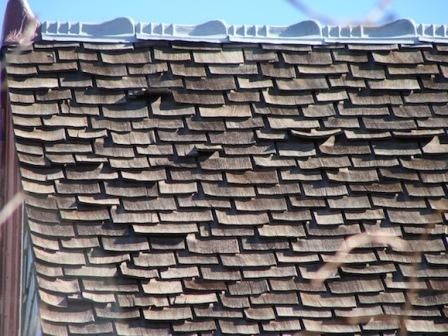
Hip & Ridge: If the hip & Ridge pieces are separating, missing or the staples that hold them down are working them selves up and out of the wood then these pieces are indicating that the roof is at a failing state and should be replaced.
In the first photo you can see ridge pieces separating.
In the second you can see a new Hip & Ridge piece and how the two pieces that make up the ridge cap lap tightly on the edges to keep out moisture.
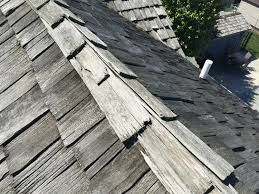
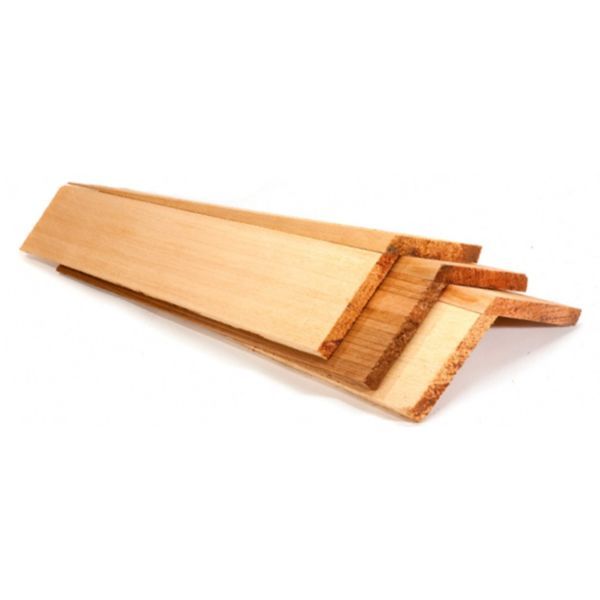
On roof inspection:
In some situations, the shakes or wood shingles will look ok from the ground but the hip and ridge pieces may be failing. It’s time to go up on the roof and assess it with a more thorough inspection.
Note: Walking on your shake roof can cause damage from your body weight. If the shakes or wood shingles are cupping or curling you most likely will crack them if you step on them. In this case try to stand at the top of a ladder and do a visual inspection on the South facing deck first. We need to look for.
Split shakes are when the shake or wood shingle breaks length ways creating a new seam. In this photo we show a split shake that is very close to the seam it's supposed to cover. 3 shakes to the right and you can spot another split shake. Some shakes are starting to crack but haven't split through, but in many cases the new seam is right over the seam below and moisture is able to pass through the crack and get into the system.

Fungal Damage can eat away at the cellulose fibers. This is a common reason why shakes break off in heavy wind. Heavy snow weight can excerpt great force on these weaken shakes and pull them loose.
In this photo you can see the asphalt shake liner below. it's still dark black so this may have only gone through one summer season. As the shake liner becomes weathered and damaged by UV rays the shake liner will crack and flake away exposing the wood substrate below.
Substrate can be expensive to replace and places an extra cost burden on homeowners. Roofing contractors cannot estimate the cost of damages under the old roof until the shake roof is torn off and the substrate is bare for inspection.
Most Roofing contractors will estimate a S.Q. ft price for substrate repairs and make repairs on a discovery basis.
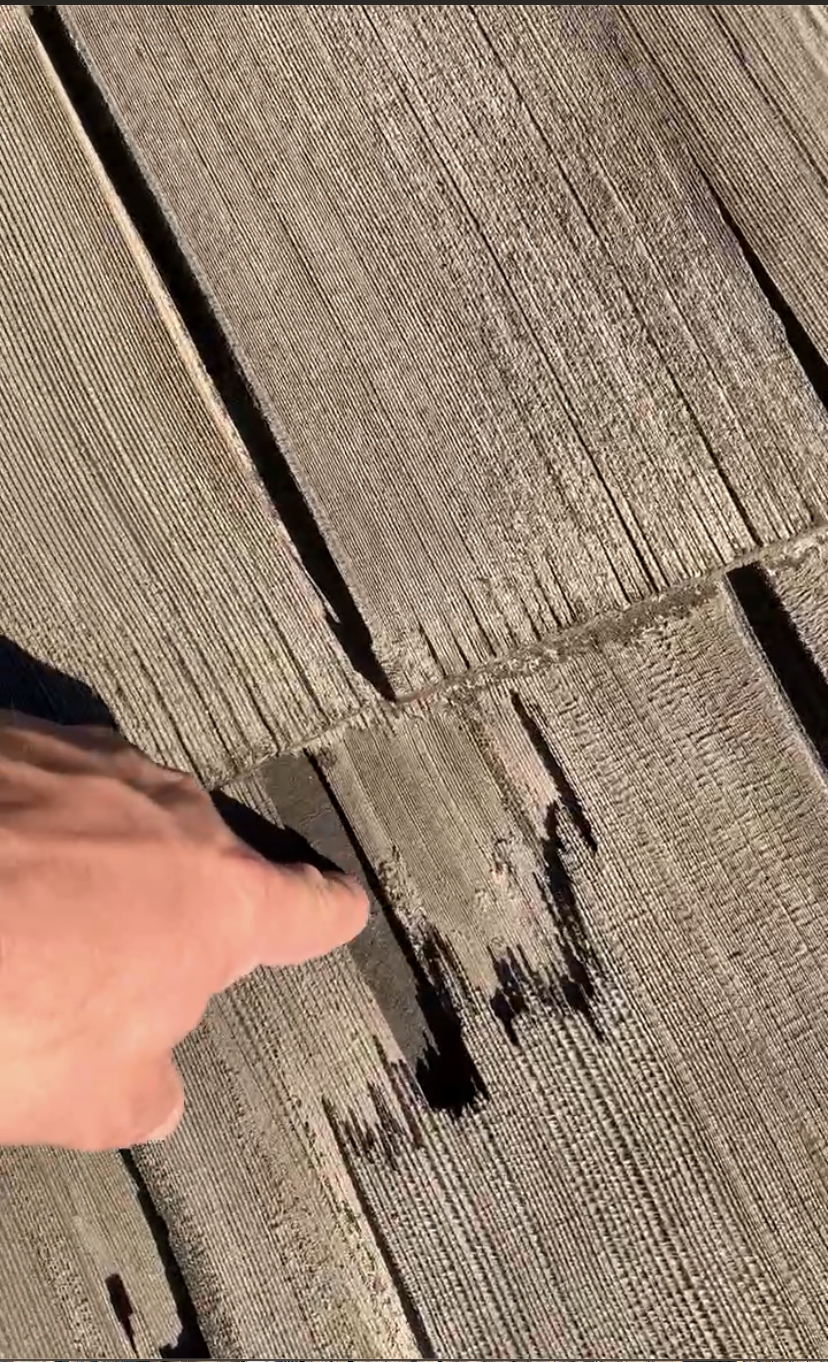
Even roofs that have very little shingle cupping or curling can be deceiving. If the roof is gray in color like the photo above then it's possible that it's very brittle and shouldn't be walked on. If you know someone who can fly a drone, having them record footage of a slow fly over of the surface may help you do an inspection without causing damages.
